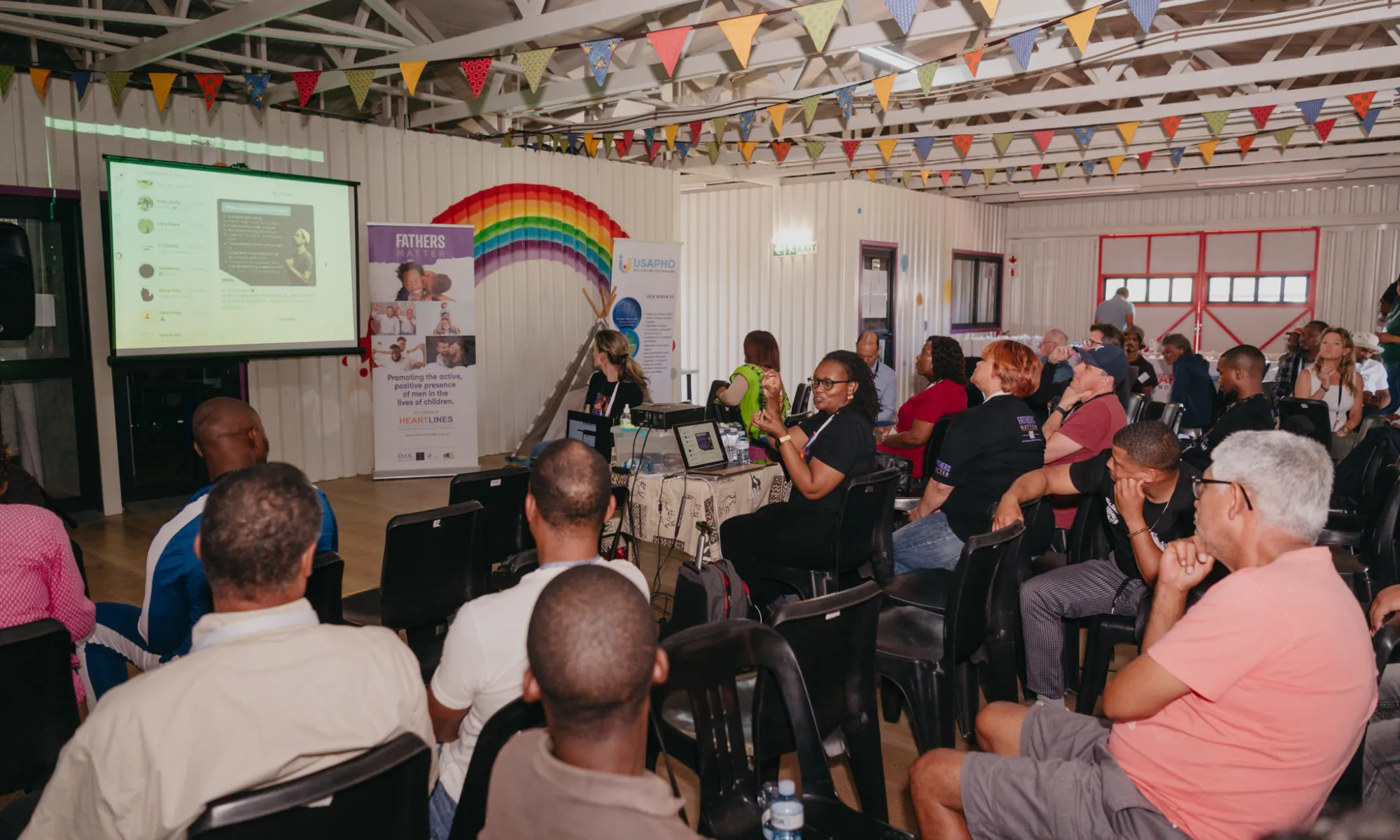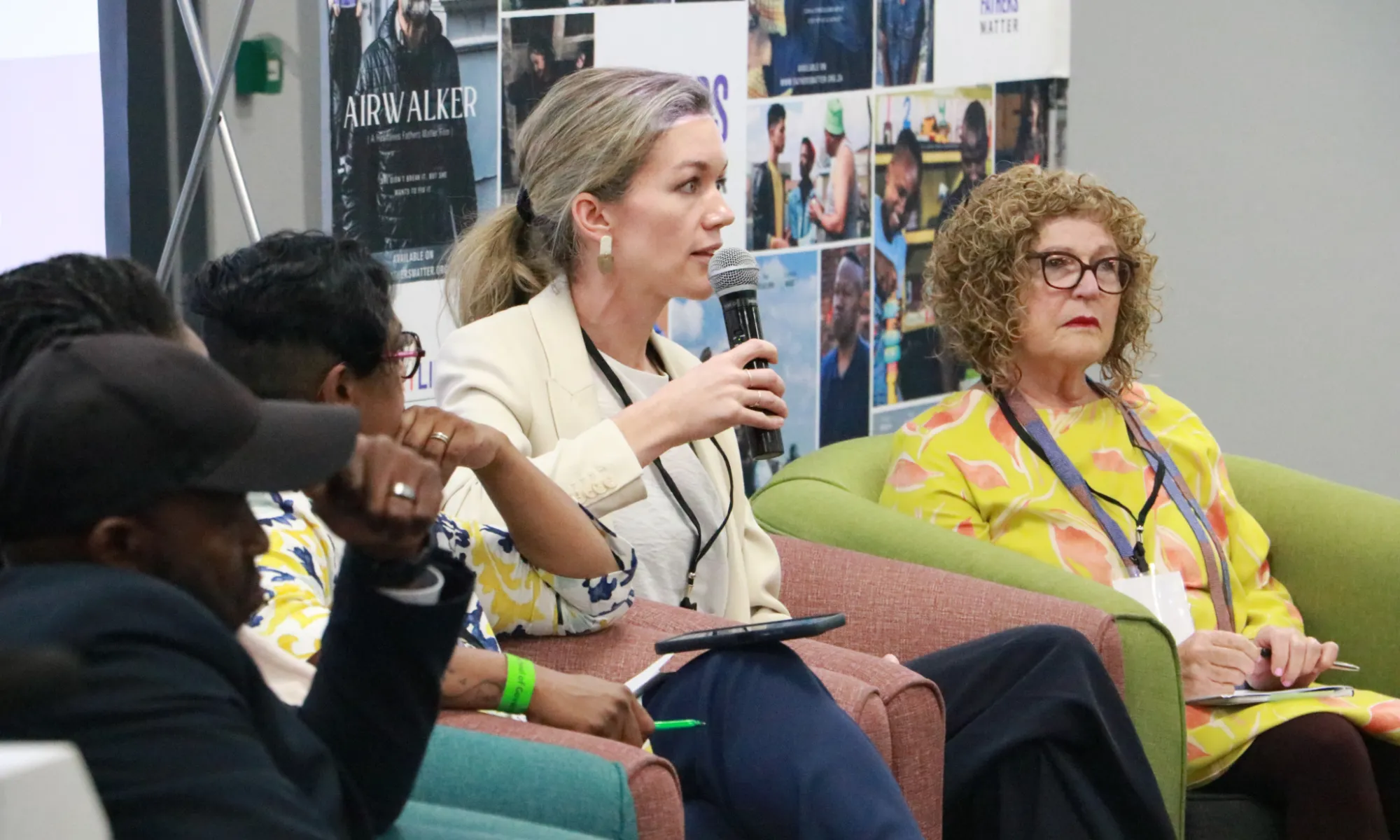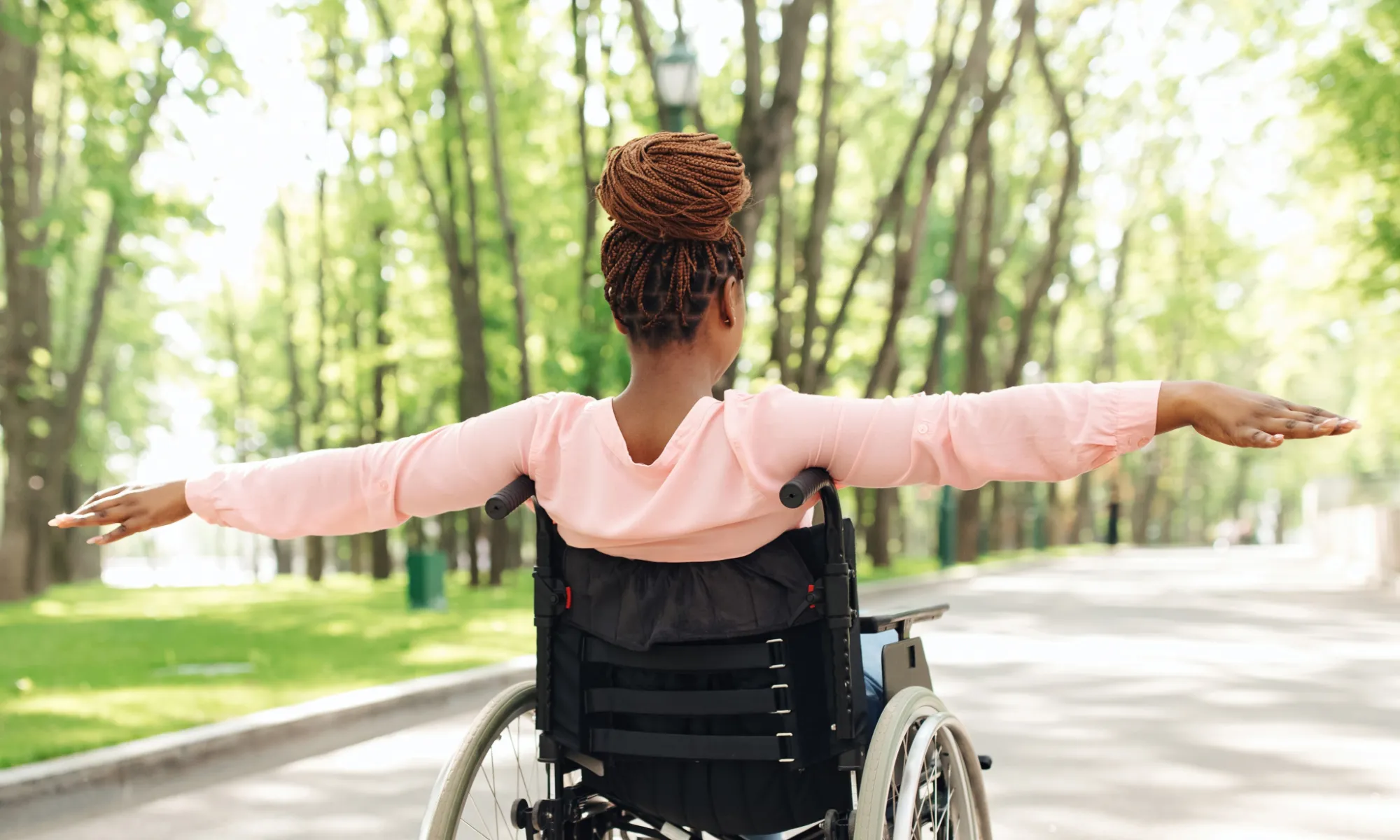How we can overcome bullying and build safer schools
Bullying , Children , Community , YouthSocial development specialist and managing director of the Agape Youth Movement, Matsetsebale Tleane, who was also a panellist at the Fathers Matter Youth Research Symposium, has spent years working with young people. He says one of the most pressing issues facing learners and educators is the rise of bullying in our schools. He shares his perspective on what lies behind it, and what we can do to change it.

Matsetsebale says we are seeing more bullying in our schools because, “the rise in bullying is directly related to the rise in violence in the communities and families from which these young people come.” Schools are often a reflection of the environments where the children are being raised. If a community has lots of aggression, conflict or instability, its young people often bring those lessons with them into the classroom.
This was also one of the findings in the Heartlines children's report Fathers Matter: Amplifying Children's Unfiltered Perspectives on Fatherhood.
“You can’t expect our schools to be free of violence,” he says, “when the children in those schools come from communities where violence is part of daily life.”
When violence fills the gap
Matsetsebale shares a recent conversation he had with some young people about why they sometimes resort to violence or intimidation. “They told me that when they report bullying, nothing happens,” he says. “So they end up using physical force to defend themselves or their friends.”
“It turns into a vicious cycle,” Matsetsebale explains. “Something happens to one learner, their friends retaliate, and then the other group responds again. It spills over beyond the school gates into the community, and it never really ends.”
Pushing back against toxic masculinity
Matsetsebale says some of the issues around bullying are because of how boys are socialised. “Many boys grow up believing that to be a man means being feared, fighting others, or showing physical strength,” he says. “They don’t have enough positive ways to express their manhood.”
Without alternative examples of what healthy masculinity looks like, some boys turn to dominance and intimidation to prove themselves. These ideas of toughness and control can become deeply rooted and shape how they interact with peers and authority figures.
For Matsetsebale, addressing bullying must include speaking to boys about toxic masculinity and replacing it with models of strength that are based on respect, empathy and emotional awareness.
Building stronger systems and communities
Matsetsebale’s work with the Agape Youth Movement focuses on building bridges between the people and systems that shape young people’s daily lives. He believes that safety in schools begins long before a fight or incident happens. It starts with prevention, education, and the consistent involvement of families, educators and community leaders.
“When schools, communities, and law enforcement work together, we give children a real chance to grow in safety and dignity,” he says. “We create spaces where they feel protected, understood, and supported.” The goal, he adds, is to ensure that no young person ever feels that violence is the only language they can use to be heard.

David Nyland
David is a sensitive and intuitive copywriter with experience in marketing and advertising. He has a passion for crafting compelling content that resonates with audiences.
Featured





